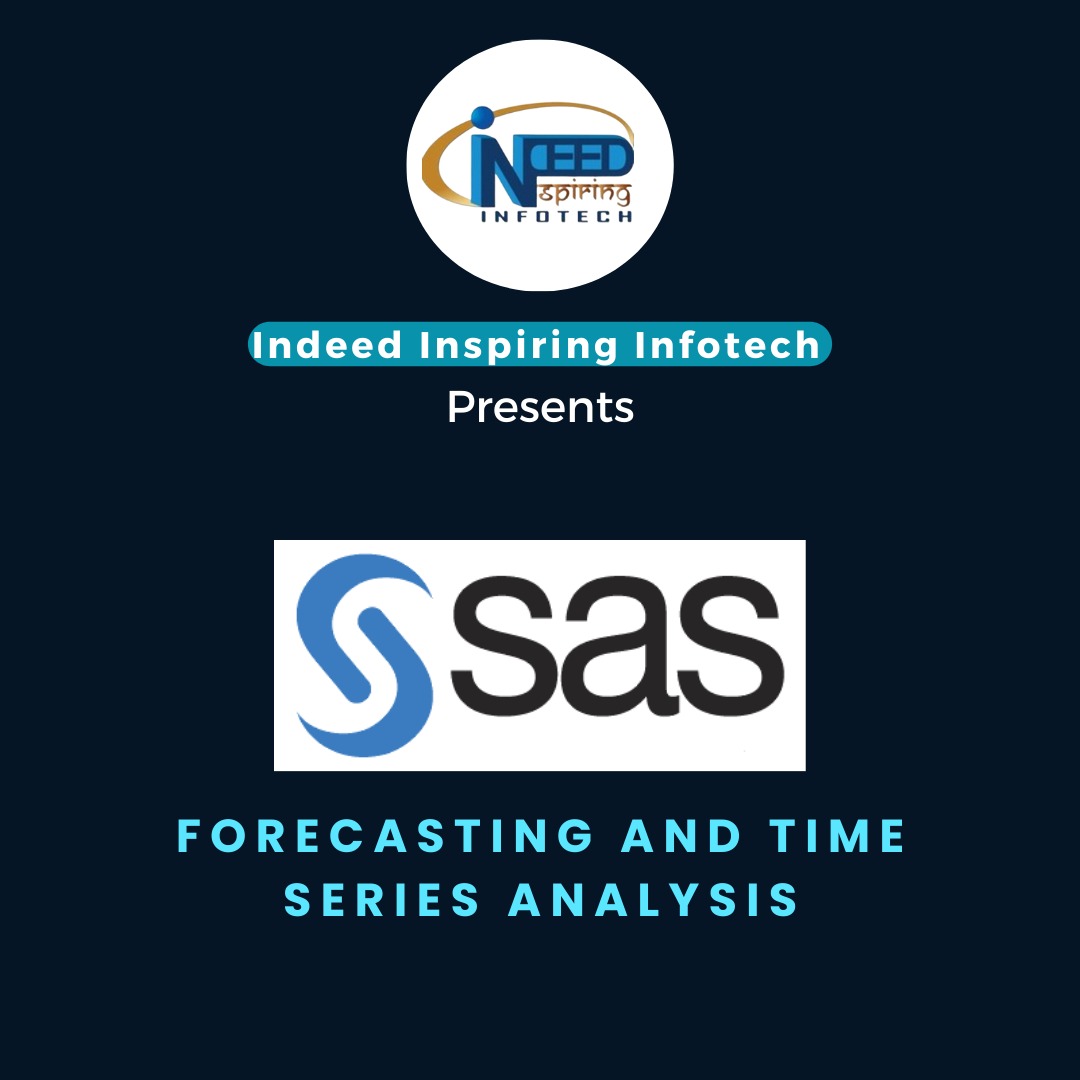Forecasting and Time Series Analysis with SAS
On Saturday, 8th June 2024, from 08:30 PM. LIVE on Youtube ▶️
-
Practical
Forecasting and Time Series Analysis
-
Additional Perks
Hackathon
Register today to secure your virtual seat for this enriching event.
Financial analytics with SAS involves using SAS (Statistical Analysis System) software to analyze financial data and derive insights for making informed decisions in the financial domain.
SAS offers various tools and capabilities for data management, statistical analysis, predictive modeling, and reporting, making it well-suited for financial analytics tasks.

What are we going to cover?
-
Data Management:
SAS allows you to efficiently manage and manipulate large volumes of financial data from various sources, including databases, spreadsheets, and other formats. You can clean, transform, and integrate data to prepare it for analysis.
-
Descriptive Analytics:
SAS provides tools for descriptive analytics to summarize and visualize financial data. You can generate summary statistics, histograms, scatter plots, and other graphical representations to understand the characteristics and patterns in the data.
-
Predictive Analytics:
SAS offers advanced statistical and machine learning techniques for predictive modeling in finance. You can build models to forecast financial metrics such as stock prices, sales revenue, or risk assessment. Techniques like regression analysis, time series analysis, and machine learning algorithms can be applied for predictive analytics.
-
Risk Management:
Financial institutions use SAS for risk management purposes, such as credit risk assessment, market risk analysis, and fraud detection. SAS provides specialized modules and algorithms for risk modeling and simulation to evaluate and mitigate risks effectively.
-
Portfolio Optimization:
SAS can be employed for portfolio optimization, where investment portfolios are constructed to achieve specific financial objectives while managing risk. Optimization techniques help in asset allocation and portfolio rebalancing to maximize returns within predefined constraints.
-
Financial Reporting and Visualization:
SAS enables you to create customized reports and dashboards to communicate financial insights effectively. You can generate interactive visualizations and perform ad-hoc analysis to explore data and share findings with stakeholders.
-
Compliance and Regulatory Reporting:
SAS solutions assist financial institutions in complying with regulatory requirements and reporting standards. You can use SAS to ensure regulatory compliance, conduct audits, and monitor adherence to financial regulations.
-
Fraud Detection and Prevention:
SAS offers fraud detection solutions that utilize advanced analytics and machine learning algorithms to identify suspicious activities and fraudulent transactions in real-time. This helps financial institutions in minimizing financial losses due to fraud.